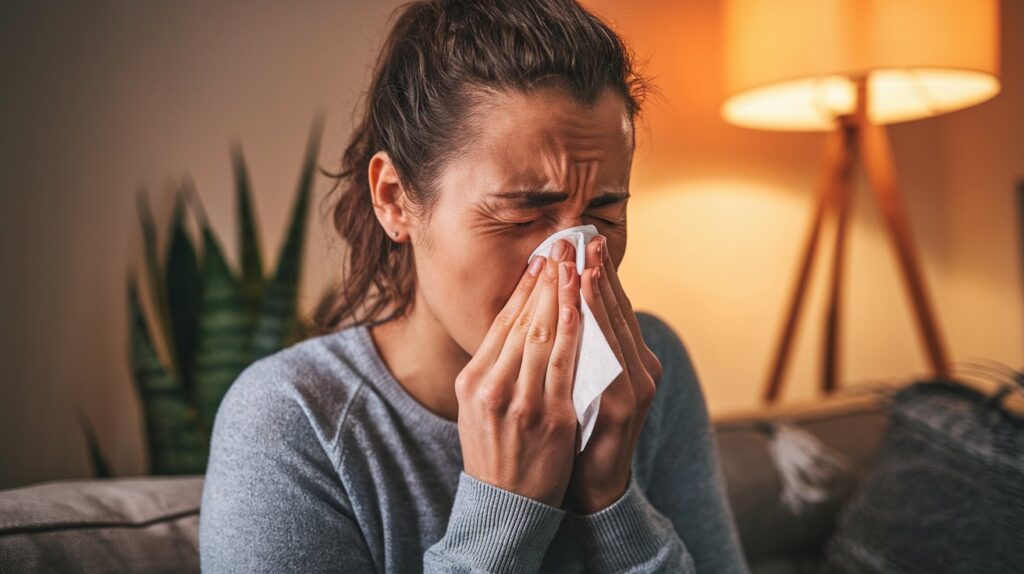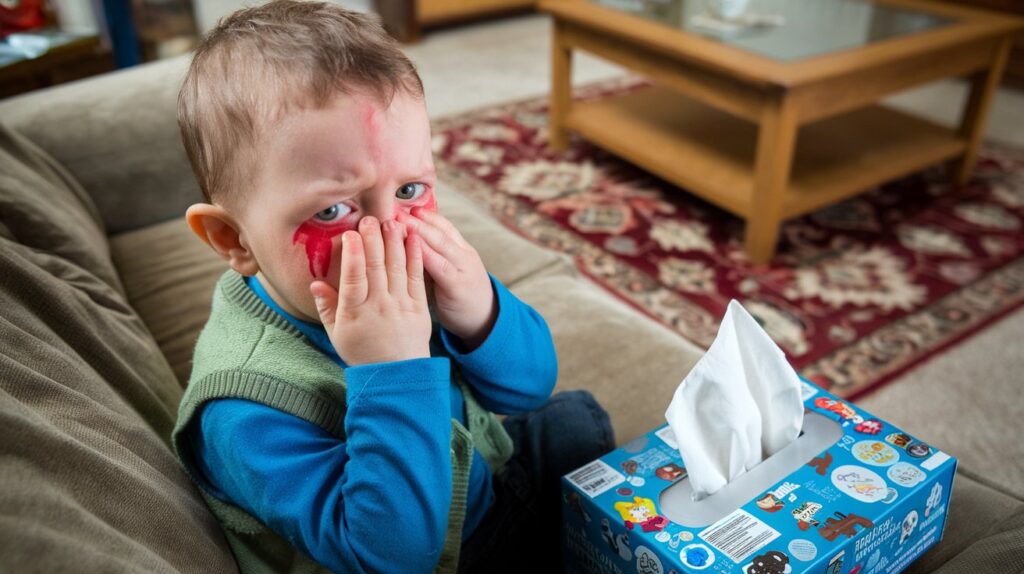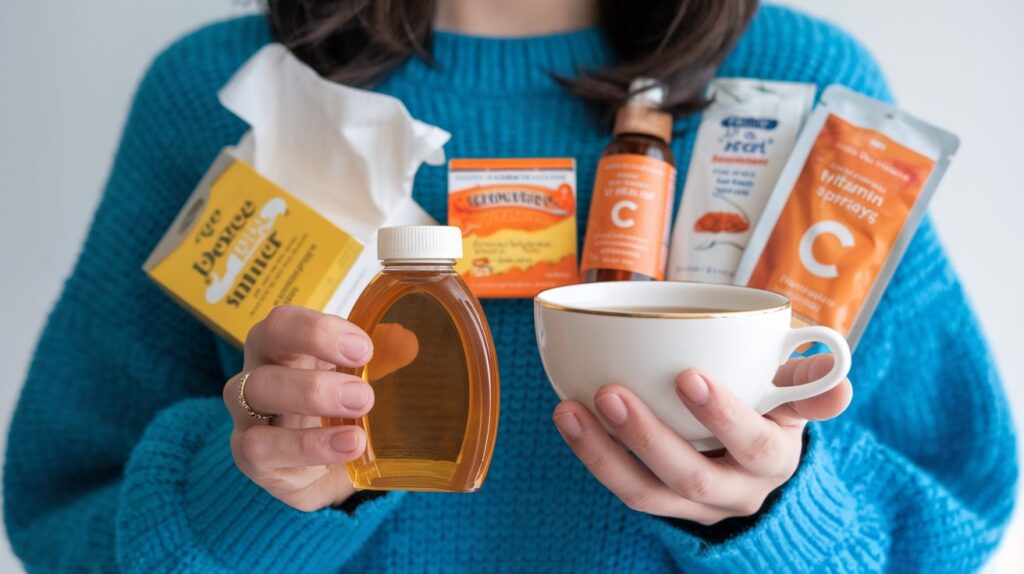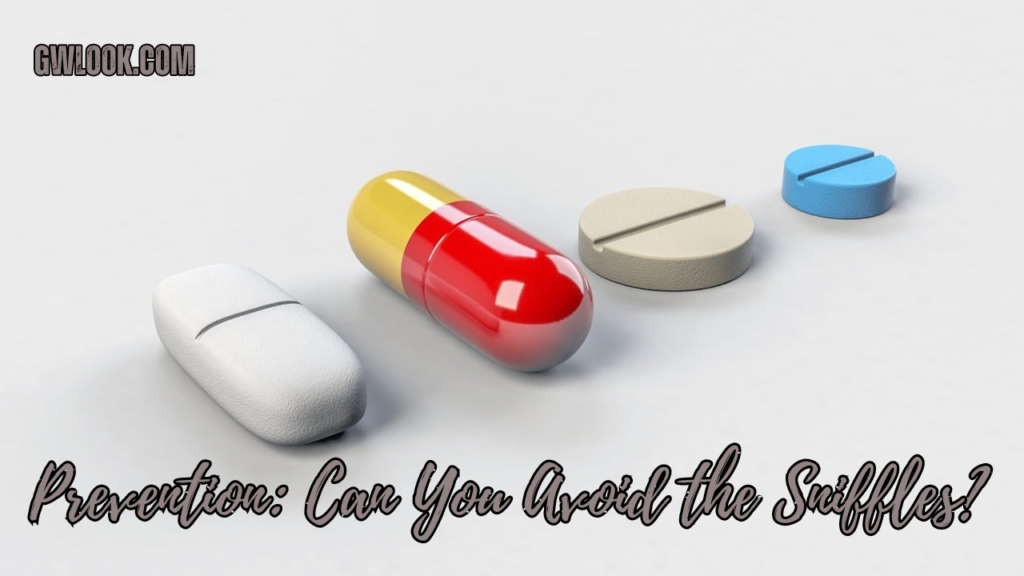When you hear someone talk about the “sniffles,” they usually refer to that annoying, constant need to wipe or blow your nose. It’s a common symptom of various conditions, often associated with colds or allergies. Sniffles can come with a runny nose, sneezing, congestion, or even post-nasal drip. But there’s more to it than just that watery nose!
Understanding the Causes of Sniffles
Sniffles aren’t a standalone illness but a symptom accompanying various underlying issues. Here’s a look at some common causes:
- The Common Cold
Arguably, the most frequent reason for the sniffles is that the common cold is a viral infection that impacts the upper respiratory system. When viruses like rhinoviruses attack, your body responds by producing mucus in the nasal passages, resulting in a classic runny nose or congestion.
- Allergies
Some sniffles appear during the cold season and in response to specific allergens. Common triggers include pollen, dust, pet dander, and mould. Your immune system overreacts to these harmless particles, causing your nose to run, your eyes to water, and sneezing fits.

- Sinus Infections
When your sinuses become inflamed or infected, sinusitis is often accompanied by sniffles. This inflammation makes it difficult for mucus to drain properly, leading to congestion and the ever-present runny nose.
- Environmental Irritants
Even those without a cold or allergies can develop sniffles when exposed to irritants. Pollution, cigarette smoke, strong odours, or even weather changes can irritate your nasal passages, making your nose run or feel blocked.
Recognizing the Symptoms of Sniffles
The sniffles are often part of a larger cluster of symptoms. These can vary depending on the cause but tend to include:

- Runny Nose: Your nose produces excess mucus, which may drip continuously, especially when you suffer from a cold or allergies.
- Nasal Congestion: You may feel like your nasal passages are stuffed, making breathing through your nose difficult.
- Sneezing: One of the body’s ways of clearing out irritants, sneezing often goes hand-in-hand with the sniffles.
- Post-Nasal Drip: Mucus draining down the back of your throat can cause irritation or a sore throat.
- Sore Throat: The result of irritation from post-nasal drip or from mouth-breathing due to congestion.
- Fatigue: Dealing with constant sniffles can drain your energy, especially when accompanied by an underlying infection like the common cold.
- Headache: Sinus pressure, often caused by congestion, can lead to headaches.
How to Manage and Treat Sniffles
While there’s no magical cure for the sniffles, plenty of ways exist to ease the symptoms and feel more comfortable. Here are some effective methods:
- Over-the-Counter Medications
You can find relief from sniffles using decongestants, antihistamines, or pain relievers available at your local pharmacy. Decongestants help to reduce the swelling in your nasal passages, allowing for easier breathing, while antihistamines tackle the underlying allergic response if your sniffles are allergy-related.
- Stay Hydrated
Drinking plenty of fluids is one of the simplest yet most effective ways to manage the sniffles. Fluids help to thin out mucus, making it easier for your body to expel it. Warm drinks, like herbal tea or broth, are particularly soothing.
- Use a Humidifier
Dry air can irritate nasal passages, making sniffles worse. Running a humidifier in your home adds moisture to the air, easing congestion and making breathing easier.

- Rest
Your body needs energy to fight off infections. Getting plenty of rest gives your immune system the boost it needs to recover quickly. A few days of rest can reduce the severity of your sniffles and prevent them from lingering.
- Saline Nasal Spray
A saline nasal spray can help keep your nasal passages moist, thinning the mucus and relieving congestion. It’s a simple, drug-free option that’s gentle enough to use multiple times a day.
- Gargle with Saltwater
If your sniffles cause a sore throat, gargling with warm salt water can provide quick relief. The salt helps reduce throat irritation caused by post-nasal drip.
Prevention: Can You Avoid the Sniffles?
Preventing sniffles entirely may not always be possible, but there are steps you can take to lower your risk:
- Wash Your Hands Regularly: The common cold and other viruses are easily spread through hand contact. Washing your hands frequently, especially before touching your face, can minimize your risk of catching a virus.
- Avoid Known Allergens: If you know that pollen, dust, or certain animals trigger your sniffles, avoid these allergens as much as possible. Keep windows closed during high pollen seasons, use air purifiers, and clean your living space frequently.
- Stay Away from Sick Individuals: If someone around you has a cold, maintain a safe distance to avoid getting infected.

When to See a Doctor
While the sniffles are often harmless and clear up on their own, there are times when you may need to seek medical attention. If your symptoms last longer than ten days, worsen instead of improving, or are accompanied by a high fever, it’s best to consult a healthcare professional. Chronic sniffles might indicate an underlying condition, like chronic sinusitis or an allergy that needs more targeted treatment.
Final Thoughts on Sniffles
Sniffles may be annoying, but they’re typically a sign that your body is working to clear out something harmful or irritating. Whether they’re caused by a cold, allergies, or environmental irritants, managing the sniffles doesn’t have to be complicated. By staying hydrated, resting, and using a few simple remedies, you can make yourself more comfortable and return to feeling like yourself.


1 thought on “Sniffles: A Closer Look at This Common Cold Symptom”